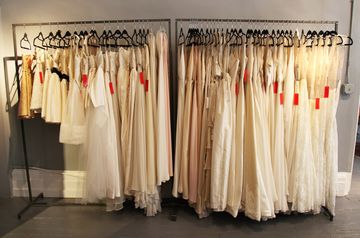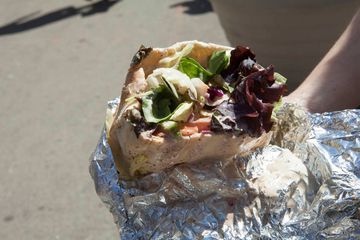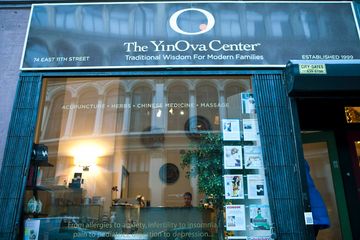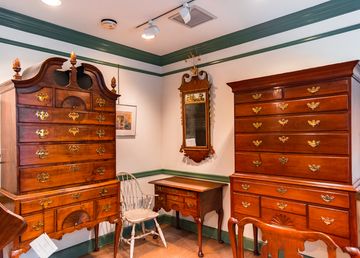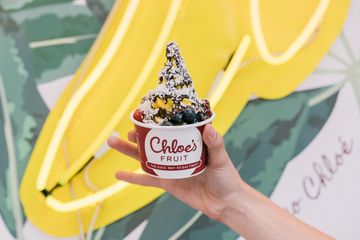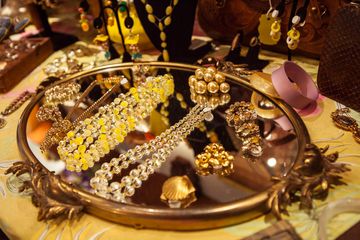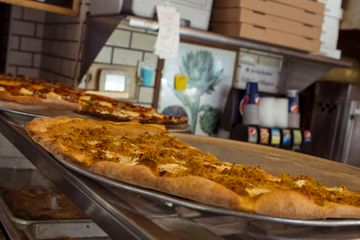Chloe Epstein has always had a sweet tooth, but when her children were born, she began to question the artificial ingredients used in her favorite treat: frozen yogurt. Michael Sloan, a childhood friend of her husband, had a similar problem: a triathlete, he ate frozen bananas because he could not find any other healthy dessert options. Together, they decided to invent their own frozen treat, and after a bit of experimenting, Chloe's Soft Serve Fruit was born. When I first visited Chloe’s, I was amazed to learn that their soft serve fruit is made with only three ingredients: fruit, water, and cane sugar. In fact, the soft serve fruit was so smooth and creamy that I could not believe it was vegan, dairy-free, and gluten-free. Some of Chloe’s soft serve fruit varieties - including my favorites, mango and dark chocolate - are available year-round, and one can taste the fresh fruit in every bite. Others, like the tart and refreshing summer plum, change seasonally. Chloe and Michael wanted to foster an environment where parents could feel comfortable letting their children order anything on the menu, and as a result, the toppings at Chloe’s - fresh fruit from the Union Square Greenmarket, gluten-free cookies, and many more - are healthy, safe and non-GMO. But in spite of Chloe’s emphasis on clean and simple food, soft serve fruit can also be an indulgence - take the Crunchy Salty Sundae, for instance. This delightful swirl of banana and dark chocolate soft serve is topped with bananas, dark chocolate chips, natural peanut butter, warm dark chocolate sauce, and pretzels. I was told that it continues to be one of Chloe’s best-selling menu items. On my most recent walk on 17th Street, I was excited to learn that Chloe’s had recently expanded their menu to include slushies, smoothies, and even breakfast. The Green Machine smoothie, a healthy mixture of mango and banana soft serve fruit, spinach, kale, pineapple, and almond milk, is perfect for athletes; another staple is the PBJC smoothie, made with banana soft serve fruit, strawberries, warm natural peanut butter, and chocolate chips. While I did not get to sample the acai bowl, which looked delicious, I very much enjoyed the waffle breakfast - a hot, vegan waffle made in-house and topped with a swirl of soft serve fruit, fresh fruit, and other goodies. While speaking with Michael during the summer of 2015, I learned that in addition to Chloe’s soft serve fruit truck in Montauk, the company is now expanding throughout the country. Their soft serve fruit pops, which are sixty calories each, are sold nationwide in a variety of grocery stores. And, in place of traditional soft serve machines, Chloe’s machines and branded freezers can now be found in colleges, entertainment centers, and retail locations throughout the United States. Because it is free of all eight major allergens, Chloe’s has been life-changing for people with dietary restrictions. But soft serve fruit also appeals to people from all walks of life, from athletes looking for post-workout protein to moms like Chloe, who want to avoid the additives and preservatives found in so many desserts. Young professionals and tourists also make up a large part of Chloe’s customer base, and now that the business is expanding, its reputation is growing. As Michael likes to say, “Soft serve fruit is amazing and delicious… and also healthy. ”
